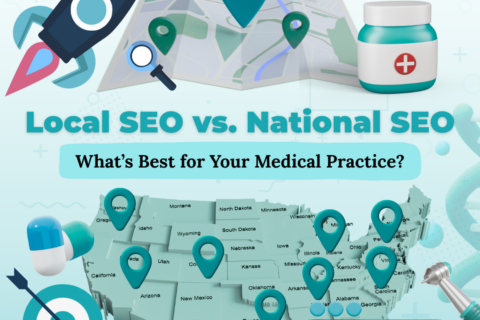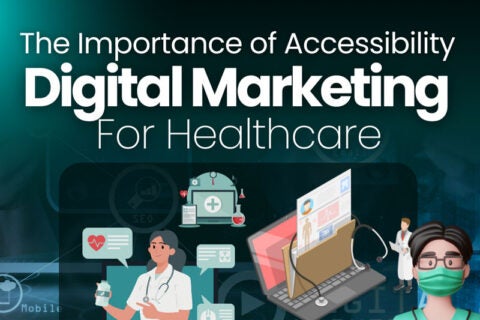The Role of Patient Portals in Enhancing Patient Engagement
Healthcare is constantly evolving, with technology playing a central role in industry-wide changes. One of the most significant advancements is the rise of patient portals, now a standard tool for healthcare providers, medical businesses, and practitioners.
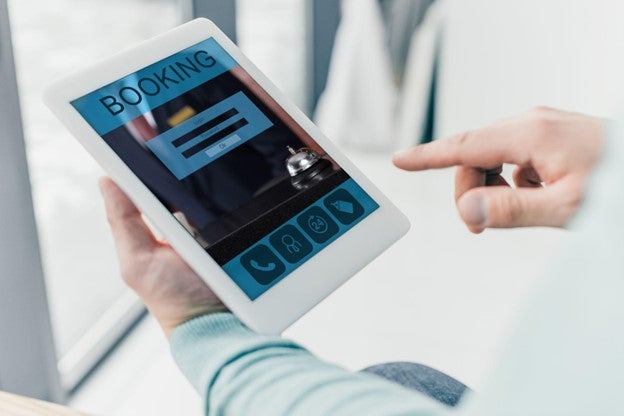
These portals streamline office operations, improve patient-doctor communication, and provide easy access to healthcare records, benefiting both patients and staff. With patient portals becoming a key factor in patient choice, having a seamless system in place can set your practice apart from the competition.
In this article, we’ll explore the benefits of patient portals and how they enhance patient engagement.
What Is Patient Engagement?
Patient engagement is the cornerstone of successful healthcare practices. It refers to patients’ active involvement and participation in their own healthcare. Patient engagement encompasses several active decision-making aspects of the patient journey. Partnering and working with healthcare providers is at the core of efficient healthcare practices.
Engaged patients are empowered with the knowledge they need to make informed healthcare decisions.
Why Your Practice Should Care About Patient Engagement
Patient engagement is a critical part of high-quality and effective healthcare. There are many benefits when your practice starts focusing on an efficient patient engagement strategy:
● Improved health outcomes
When patients take an active role in their healthcare, they are more likely to follow treatment plans, take medications as prescribed, and manage their health effectively. This engagement reduces complications and leads to better overall health outcomes.
● Better patient-provider communication
Engaging your patients will lead to better patient-provider communication and relationships. When healthcare providers give patients easy and convenient access to healthcare information, the likelihood of them making informed health decisions also increases. This leads to better treatment and health outcomes.
● Increased patient satisfaction
When patients are actively involved in their care, they feel seen and heard, leading to higher satisfaction. This engagement fosters trust, strengthens patient-provider relationships, and encourages long-term loyalty to your practice.
● Increased patient safety
Patient engagement improves understanding of conditions, symptoms, and treatments, empowering patients to recognize potential issues early. When actively involved, they can promptly report side effects or changes to their healthcare provider, leading to better outcomes.
● Reduced healthcare costs
Better patient engagement, improved health outcomes, enhanced communication, and fewer risks of complications all accumulate to one critical benefit: reduced healthcare costs. When patients are actively engaged and involved in their own healthcare, they are less likely to require constant hospitalizations or visits to the emergency room.
This not only leads to cost savings for the patients but also for the healthcare provider. Additionally, it helps reduce strain and burden on the healthcare system, allowing them to provide efficient services to other patients in need.
What Are Patient Portals?

A patient portal is a secure online platform or website that allows patients convenient 24-hour access to their personal health information and communication with their healthcare providers. Patient portals allow patients access to important healthcare information like test results, clinic and hospital visits, prescriptions, billing, insurance information, and so much more.
Patient portals, established by healthcare systems, hospitals, and clinics, have become a standard of care in recent years. Patients value the convenience they provide, saving time and streamlining access to healthcare.
Typically accessible via web browsers, some healthcare systems also offer dedicated mobile apps. While some portals are exclusive to a single facility, others integrate across multiple healthcare systems for broader access.
The use of patient portals surged during the COVID-19 pandemic as practices shifted to digital tools for virtual consultations, test results, and provider communication. Even as in-person visits resumed, the convenience of patient portals remained a preferred option, solidifying their role in modern healthcare.
What Are the Benefits of Patient Portals?
There are many benefits patient portals offer to healthcare systems:
● Convenient access to test results and healthcare information
Patient portals provide patients with convenient, 24/7 access to their medical records, including medical history, test results, doctor’s notes, and immunization records—all from any device with internet access.
This instant access reduces the need for in-person visits for routine inquiries, saving time and offering peace of mind. With just a click, patients can retrieve essential health information whenever they need it.
● Efficient patient-healthcare provider communication
Patient portals provide a secure and efficient messaging system, allowing patients to connect with their healthcare providers quickly and easily. This streamlined communication eliminates the hassle of multiple calls or office visits, offering timely responses without the constraints of business hours.
Beyond convenience, patient portals ensure privacy, giving patients confidence that their sensitive health conversations remain secure.
● Online self-scheduling and appointment management
One of the key benefits of patient portals is the ability for patients to self-schedule appointments online. This eliminates the need for phone calls to book, reschedule, or cancel visits, saving time and effort for both patients and healthcare providers.
● Payment and billing
Advanced patient portals may also feature payment and billing, allowing patients to manage their bills, and outstanding balances, and make payments online without the usual hassle. This promotes payment and billing transparency on both sides while also allowing patients to have an overview of their healthcare costs and spending.
● Medication and prescription management
Patient portals allow patients to directly handle and manage their medications and management, especially if they would rather do it without having to pick up the phone to call or physically go to their medical provider to have it done.
● Secure and safe
Privacy and security are top priorities in healthcare, and patient portals are designed to protect sensitive information. With robust security measures in place, patients can trust that their health records remain confidential. Only authorized healthcare providers and the patient have access, ensuring peace of mind and secure communication.
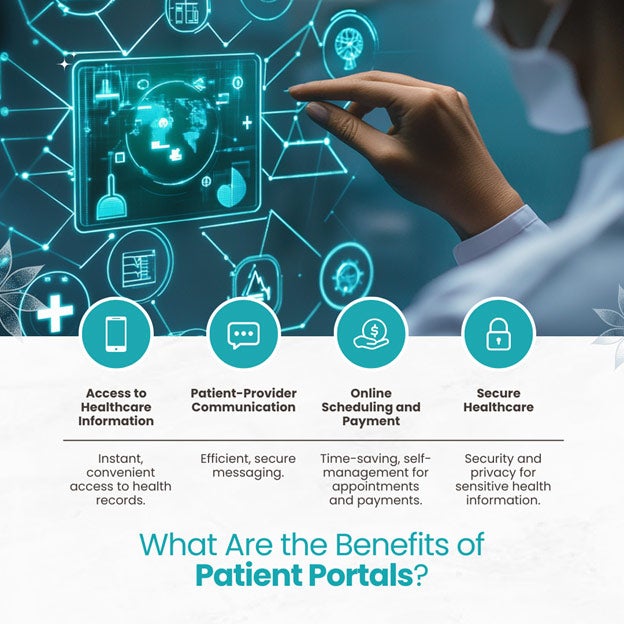
The Role of Patient Portals in Enhancing Patient Engagement
Patient portals play a crucial role in enhancing patient engagement. Let’s break down how such patient portals support medical practices in their mission to increase patient engagement.
● Patient portals empower patients through education and information
Educated patients are empowered patients. When patients feel informed, they are more likely to take an active role in their healthcare, leading to increased engagement.
Education is therefore a critical component of patient engagement. Patient portals offer an effective platform for healthcare providers to share educational materials and important health information, enabling patients to make informed decisions.
When patients are well-educated, they are more likely to ask questions, engage in thorough discussions about their symptoms, and share important changes in their health.
Additionally, the more knowledge patients have, the more likely they are to follow treatment plans and adhere to medications, which positively impacts their health outcomes.
● Patient portals improve patient-provider communication and relationships
Patient portals promote effective patient-provider communication, leading to improved relationships between the two parties. The use of patient portals provides a secure and efficient messaging platform between patients and providers.
Patients can directly reach their healthcare provider without navigating multiple channels, streamlining communication. This reduces phone calls and in-person visits, making the process more convenient for everyone. Patients can easily ask questions, request health records, and receive timely responses.
Clear and efficient communication between patients and providers fosters greater involvement in key healthcare decisions.
● Patient portals bring telehealth to the spotlight
Telehealth and telemedicine enable providers and patients to schedule consultations through digital platforms, including video calls, voice calls, or messaging. This reduces unnecessary in-person visits and allows providers to focus on more urgent cases.
Patient portals offer a seamless way to access these digital consultations, giving patients more control over their healthcare and increasing their involvement.
● Patient portals automate and streamline workflow
Patient portals can help automate processes, further enhancing patient engagement. Not only does this reduce manual labor on your office staff but will also increase the patients’ involvement in the entire healthcare journey.
Additionally, the effective use of patient portals and automation will streamline workflow. This gives your office staff more time to deal with more critical work demands, like focusing on in-person visits.
● Patient portals increase convenience
Patient portals create opportunities to enhance the patient journey, making it more comfortable and convenient. When patients experience ease throughout their healthcare process, they are more likely to stay informed, make better decisions, follow treatment plans, and ultimately see improved health outcomes.
● Patient portals empower practices with data-driven information and strategies
Patient portals can be an effective tool for healthcare providers. Through patient portals, healthcare providers, systems, and marketers can have access to analytics and data-driven information that they can use to further drive patient engagement. Such data can be studied to continuously improve and refine their patient engagement strategies.
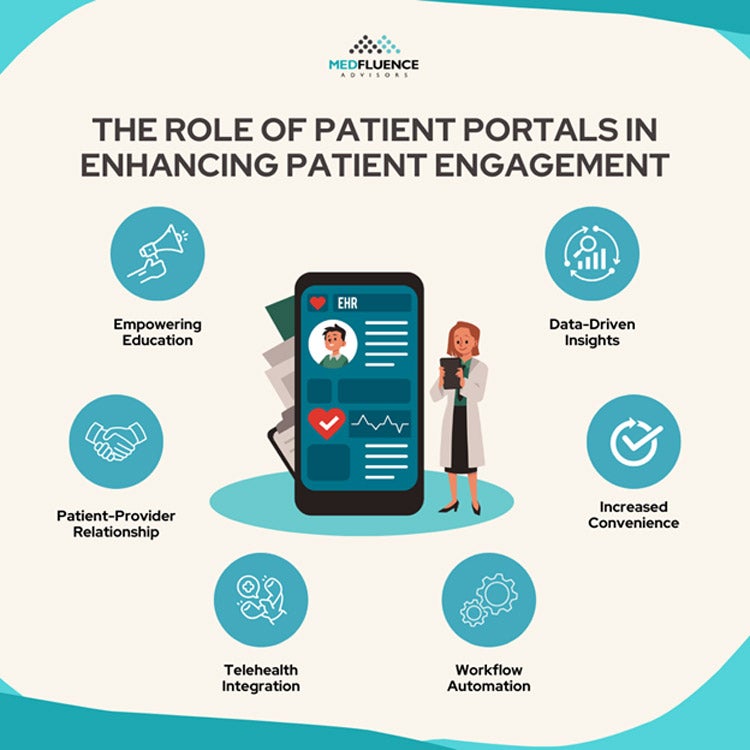
Conclusion: Patient Portals and Patient Engagement Go Hand in Hand
Patient portals have become an essential component of many healthcare systems. Their usage peaked during the COVID-19 pandemic, but the convenience they offer has led many patients to continue using them even as the world returned to normal.
Patient portals facilitate effective communication, patient education, access to medical information, online scheduling, telemedicine, and more. These features greatly enhance patient involvement and engagement. Engaged patients are more likely to make informed healthcare decisions, leading to improved health outcomes.
The healthcare landscape is constantly evolving. In today’s environment, having an efficient patient portal is no longer optional—it’s a basic expectation that many potential patients consider when choosing a healthcare provider.
In the competitive and crowded healthcare marketplace, staying ahead is crucial. A patient portal could be the key to giving your practice the competitive edge needed for business growth and success.

